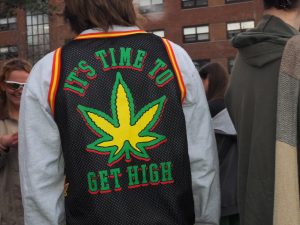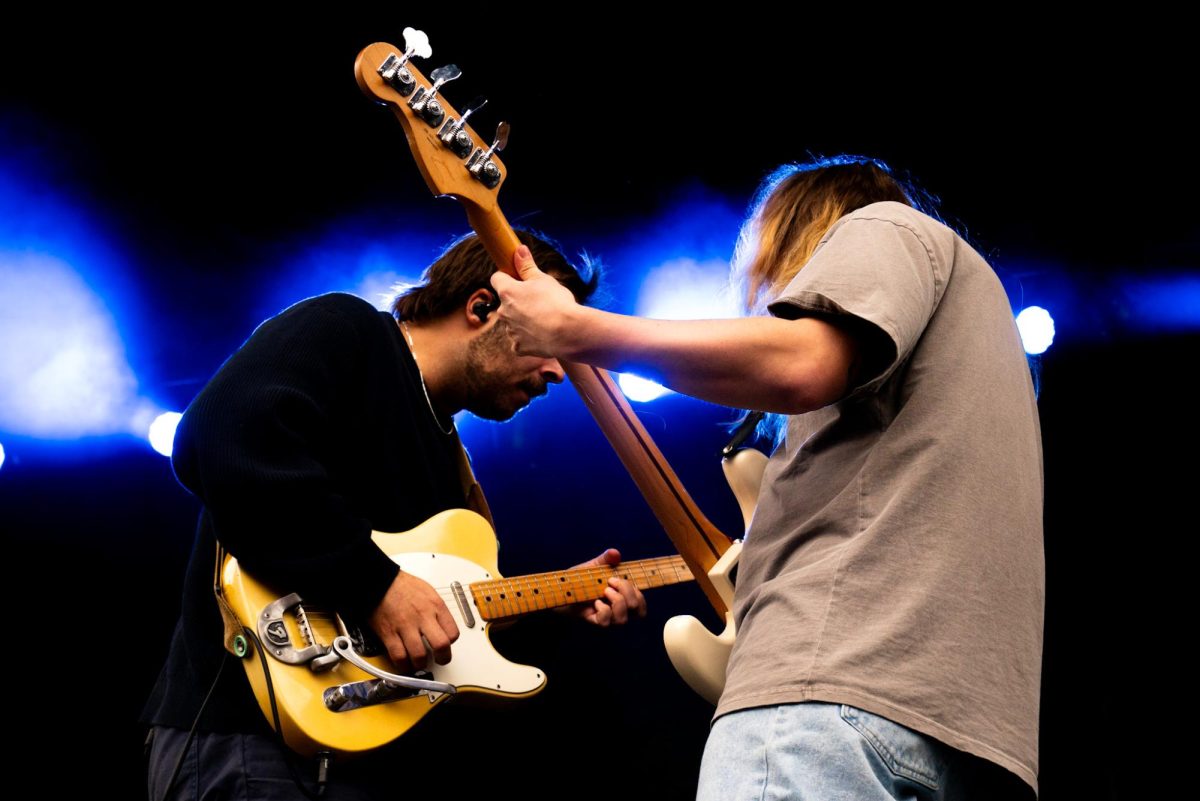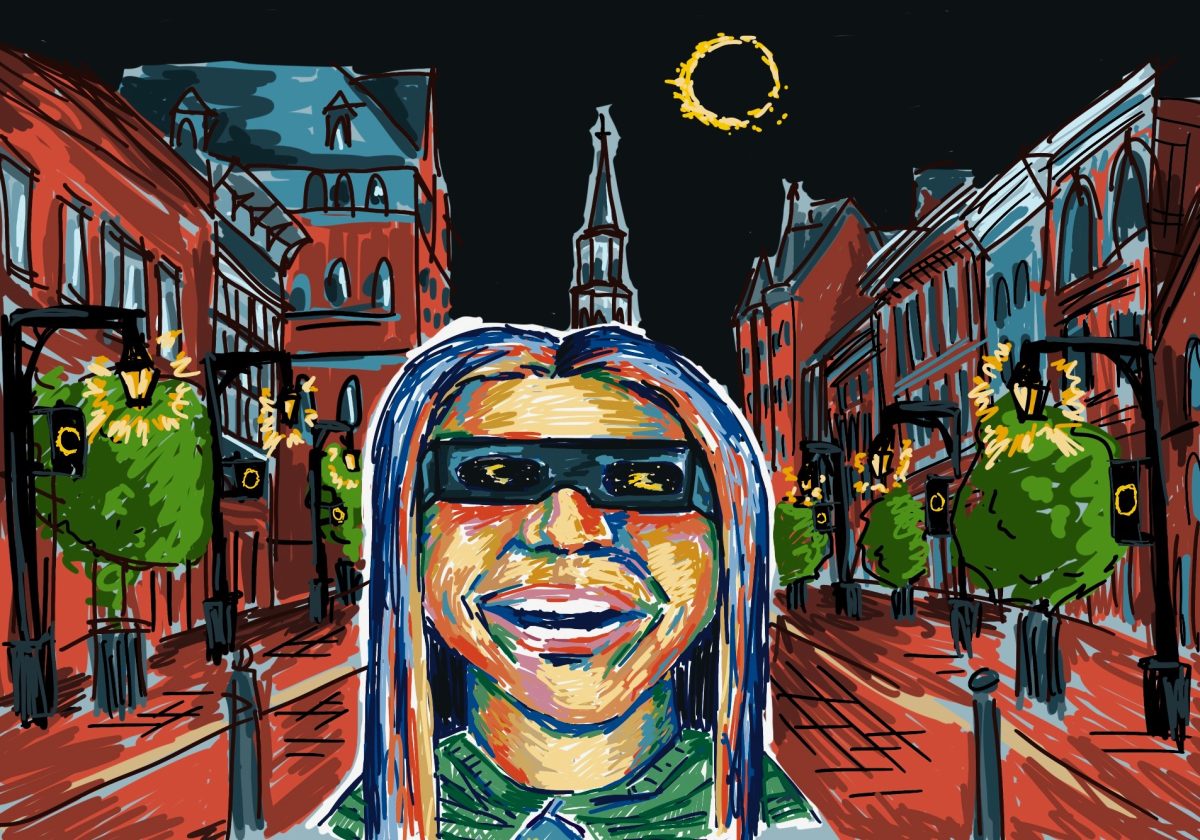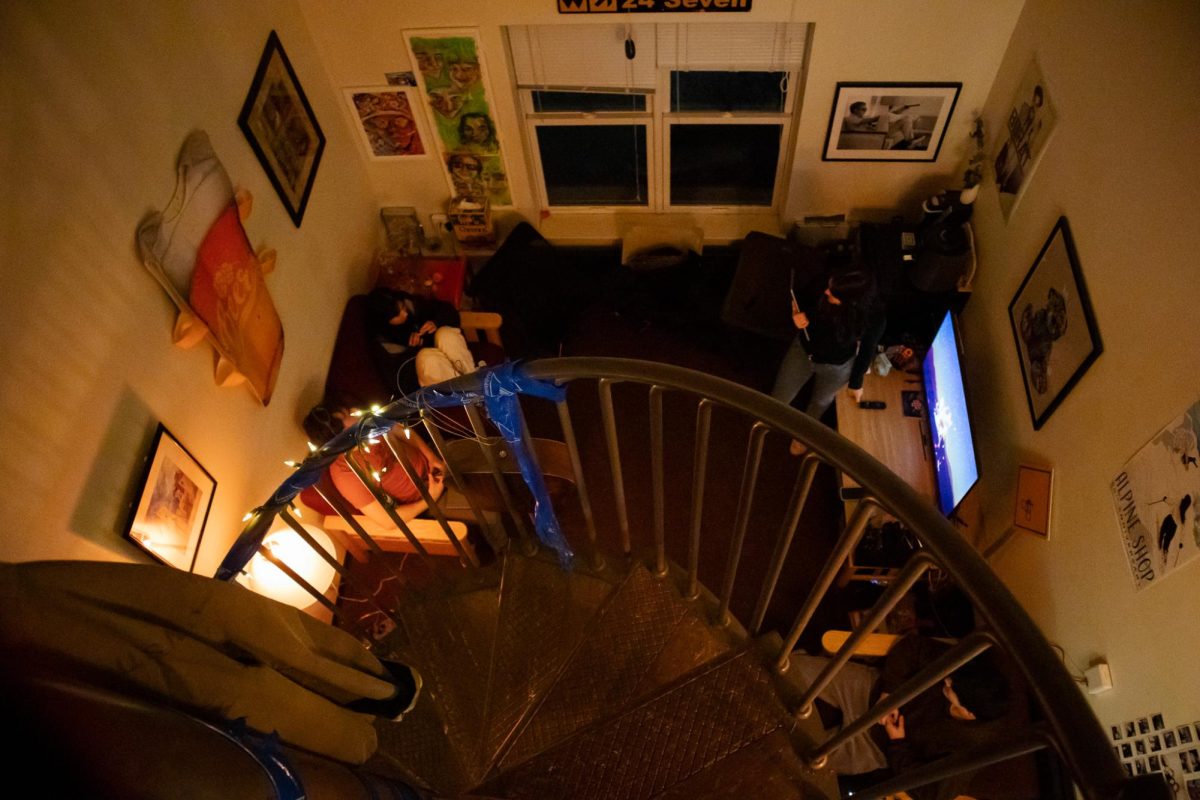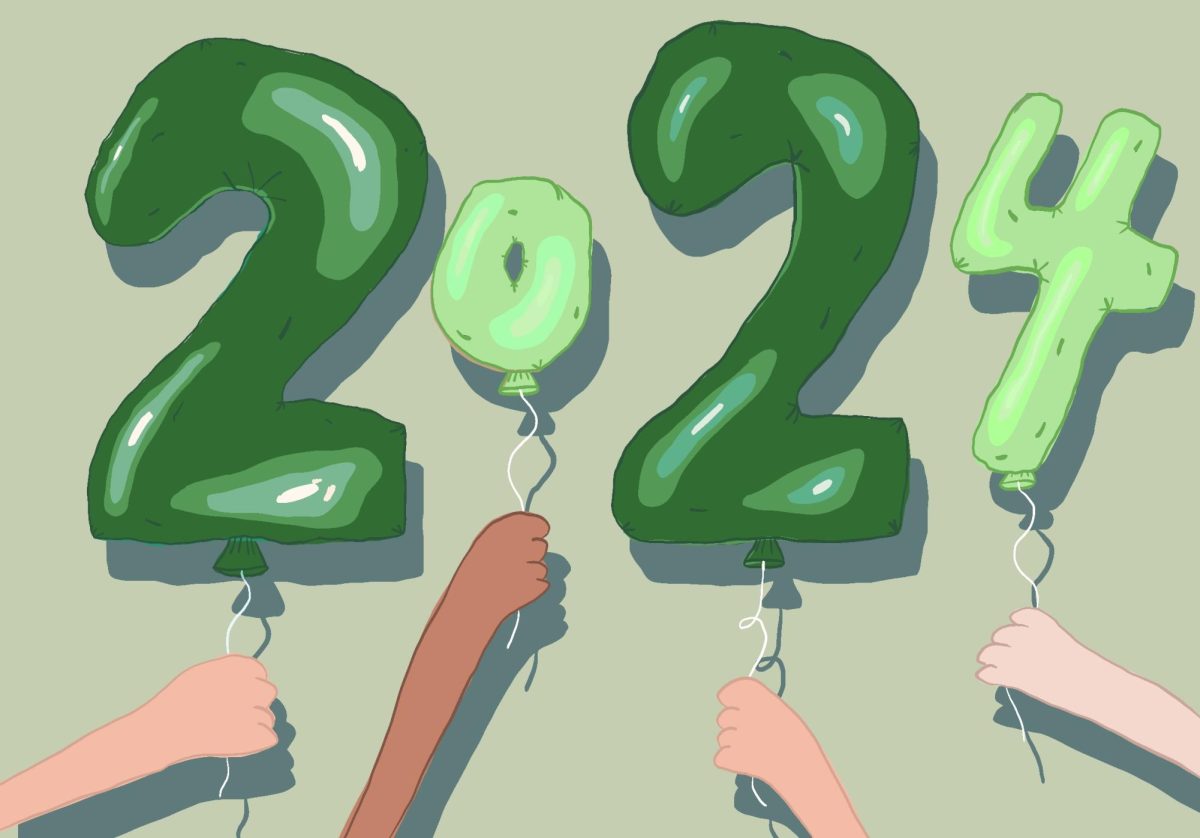When was the last time you wore a hat? For most UVM students – excluding protective winter beanies – hats are not a part of the daily ritual of getting dressed. Bringing attention to the face, hats are dramatic accessories that add character and distinction to a whole outfit. Hats have been a seminal part of human history, tightly attached to the times in which they belong. Hats also have the peculiar quality of reflecting what we want to be. Egyptian Pharaohs wore double crowns that symbolized the union of Lower and Upper Egypt (crowns, another form of head accessory, are the ultimate form of division between royalty and the hoi polloi). Vikings wore helmets with animal horns attached to them in times of war and fighting. They symbolized the desire to possess the qualities of the animal worn, whether it is fearlessness or courage in battle.
Hats can also reveal our social status. Examples of this are the floppy hats worn by women at the Kentucky Derby or a construction worker’s helmet. They can even be used as symbols of personal politics, like the classic Che Guevara black beret, or the Uncle Sam top hat. In the last three years, we have tragically seen military helmets mushroom across the nation, a tell-tale sign of a nation at war.
Hats have always been present in human history, but they have experienced what could be called a Dark Age in the fashion world, spawning from the late 50s until the 90s. Dating back to the 15th Century, hats have been used to make fashion statements. The styles worn by men were completely different from those worn by women. It has been recorded, however, that many fashionable ladies began wearing hats that were originally designed for men, thus creating the first advocates of menswear for women. Without these forward-thinking ladies, Angelina Jolie would have never been seen in her famous white outfit at the 2003 Oscars.
In 1865, John Batterton Stetson created the cowboy hat. Initially meant for protection and to be used as a water bowl, cowboys (quite the fashion aficionados) everywhere adopted the style that has since influenced many generations. In the early days of the 20th Century, hats were an essential part of life. People wore them at all times, and changed them depending on the activities they were performing.
The ’20s, the golden age of everything flapper, everything Gatsby and nothing alcoholic (at least that was what the authorities liked to think), gave birth to a completely new shape: the pillbox hat. Flappers everywhere rushed into department stores to purchase the coveted item. Because of its shape, it could only be worn with short hair, adding to the gamine image of the flapper. It also covered the eyes, so that its wearer had to peek from over her nose in a snooty gesture, creating an angled-headed pose.
Up until the 1950s, hats maintained their status as necessary ornaments of style. It was considered poor manners for men to leave the house without wearing a hat or to enter one with his hat on. A classic example of this is the typical I Love Lucy scene, in which Ricky takes his hat off at the door and calls out “Luuuucy, I’m hoooome”. As the decade came to an end, an emphasis on hairstyles as opposed to hats increased, leaving hats in the back of the closet to collect dust.
The feminist and hippie movements of the ’60s did even more damage to the condition of the dying hat. It was now seen as an obsolete artifact that was not only an expression of the status quo, but also constriction. Long, loose, flowing hair was all the rage. There were pockets however, who resisted to hatless fashions of the times. The Mod movement, with its siren du jour, Edie Sedgwick, did more for the black newsboy cap than all the London newsies combined. The style was originated by beatniks in the early ’50s, with endorsers such as Kerouac and Burroughs.
Hats were almost forgotten for three decades, at least among the everyday man. Because there was much emphasis on hairstyles once again, hats were seen as restrictive and unattractive. Some new-wave enthusiasts, however, donned big fedoras a la Boy George. All of this changed because of a woman named Princess Diana. Just as she brought food and hope to masses of deprived people, she also brought back the hat to the greater masses destitute of such accessories.
Hats can be seen everywhere now. From celebrities wearing caps low on their faces to “hide” (few things give away a celebrity in hiding like a hat pulled over the face) to the return of the fedora, heads have now been integrated with the rest of the body when it comes to accessorizing. Machinist hats are the item of the season, especially in black. Black caps are more popular than they ever were, thanks to Ms. Sienna Miller, who not only wore hers to the point of exhaustion, but will also be playing Edie Sedgwick herself in the upcoming Factory Girl. Floppy hats have also made an immense return, partly because of the popularity of bohemian styles, and partly by the “Southern Chic” style. One can only hope that given the variety of headwear now available, the most unsightly of all hats – the baseball cap – will meet its death soon.






